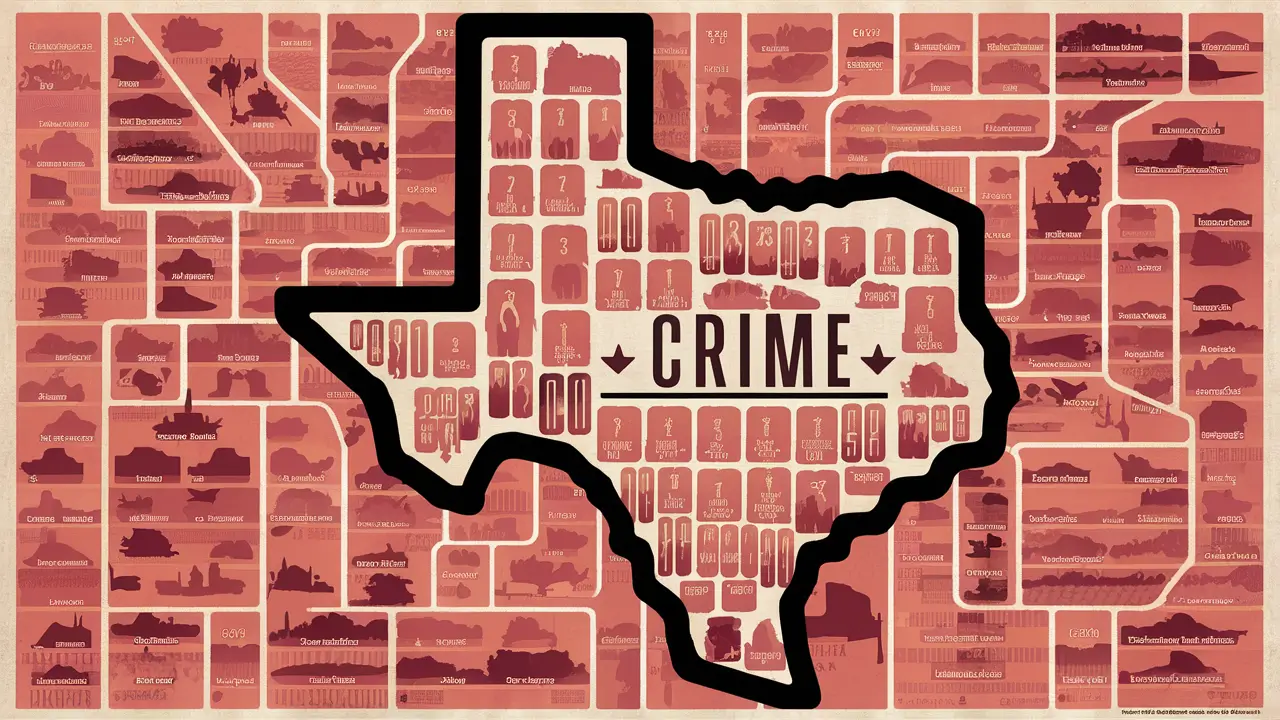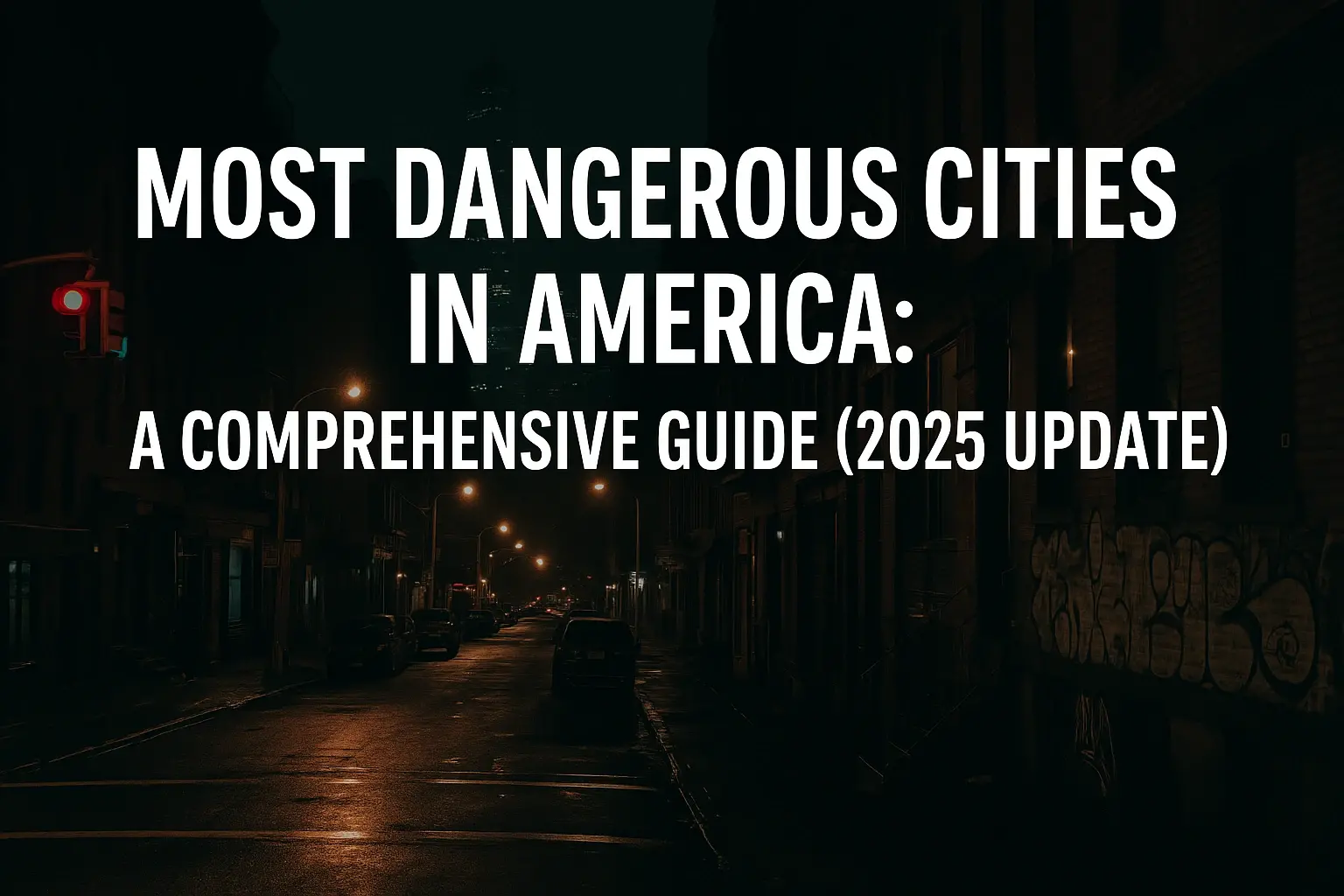Texas is a somewhat populated state with many huge cities as well as several quite small towns and communities. Though the degree of crime varies greatly across various areas within a state like Texas, all states deal with crime. In the framework of a comparison of crime rates across other states, various factors have to be considered when analyzing crime rates in Texas.
Overall Crime Rates
Based on the FBI's Uniform Crime Report, major crime in Texas in 2020 consisted of property crime of 2414.8 per 100,000 inhabitants and violent crime of 437.6 occurrences per 100,000 persons. This is below the 2,199.5 property crime average rate and the national average of violent crime, which sits at 398.5. Texas therefore boasts greater property crime rates than the national norm in addition to more violent crime rates than the national average. In Texas, for example, the crime statistics might differ greatly according to whether the state is represented by a rural County or a big metropolis.
Urban vs. Rural Differences
Though felony offenses differ from one city to another in Texas, including Houston, Dallas, San Antonio, and Austin, some large Texas cities have much greater crime rates than rural counties even. For example, the frequency of violent crime in the border town of El Paso was at 210 per 100,000 people whereas in Houston in 2020, it was at 1026 per 100,000 people. Therefore, the dangerous crime zones are usually in the major cities even if Texas cities relative to national crime data are higher.
Common Crime Types
Texas in 2020 recorded 1324 murders; 12908 cases of rape; 35721 robberies; and 139984 cases of aggravated assault. Burglary was the most common type of property crime with 214,931 cases, followed by larceny-theft 565, 278 and motor vehicle theft 75, 751. As for the rates for violent crime, Texas is relatively high, specifically, the rates for rape, robbery, burglary, and larceny theft are higher than in other states. However, on average California and several Deep South states register higher murder and non-negligent manslaughter mortalities per annum.
Crime Trends Over Time
Texas has also in the recent past witnessed a decline in property crime rate and violent crime rates in the past decade. Some violent crime reached its highest levels in 1991, with the state experiencing a rate of 699.3 incidents per 100,000 residents. Some increase in violent crime was noted in 2020, and while overall the trends remained relatively stable, criminologists attributed the changes to the effects of COVID-19. However, the total crime rates per state in Texas in the year 2020 were still below twenty percent of what they were in the year 2008. If these trends persist, Texas is in a position to witness what is historically the lowest crime rate within the next decade.
Contributing Factors
According to the research done by criminal justice professionals, numerous social; and economic factors contribute to the fact that crime rates in Texas are higher than the other states in the country. Some of them include High population density especially in large metropolitan regions; Poverty as characterized by High-income inequality in urban regions; High levels of poverty among the ethnic minority populace; Migration and ethnic tensions along the Mexico-United States border; High levels of Gang and Organized crime especially those related to drug and gun running. Approaches to these causes could have helped minimize crimes across the region.
Key Takeaways
However, it must be noted that although people tend to associate Texas with high crime rates and even dangerous areas along the border, the crime rate for the whole of Texas does not corroborate this idea. It is a well-established fact that crime is more prevalent in big urban areas, The rate of violence as a particular kind of crime reached its apex in the nineties and has been decreasing since then, The crime rate in the state is historically low, it has not been this low since the sixties. Even now, Texas is still slightly above the national average for crime, but like many other states, the numbers are declining annually. Knowledge of the geographical distribution and socio-economic factors contributing to crime in Texas offers a more precise outlook on the subject of safety and violence in the population of this rapidly developing state.







